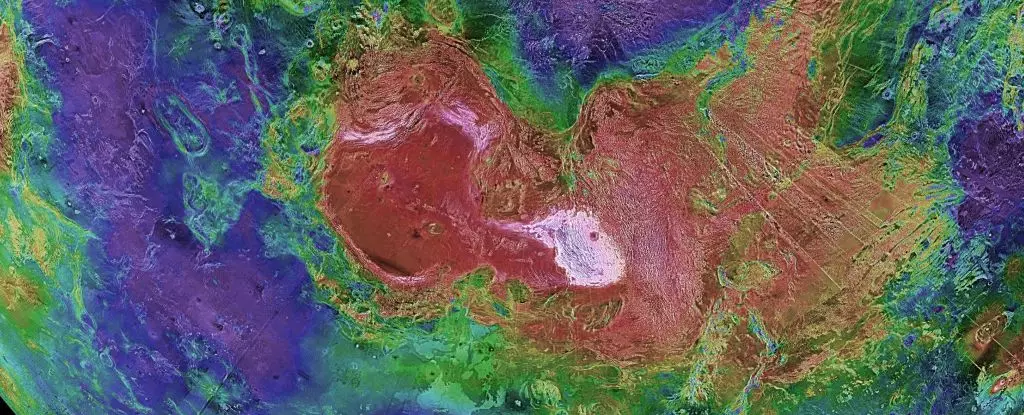When looking at Venus and Earth, it’s hard to believe that they were once considered planetary twins. Their paths diverged drastically, resulting in Earth becoming a flourishing paradise while Venus turned into a hostile inferno. The differences between these two planets go beyond just their appearances, with fundamental variations in their geological structures and evolutionary trajectories.
Recent findings have challenged our understanding of planetary evolution, particularly in relation to Venus. Scientists have uncovered surprising similarities between Venus’ tesserae formations and Earth’s early continents. This discovery has forced them to question their assumptions about the geological history of these two planets, raising new questions about their shared past.
Earth’s crust is incredibly complex compared to other celestial bodies. The presence of tectonic plates, subduction processes, and cratons has shaped the planet’s landscape over billions of years. The formation of cratons on Earth played a crucial role in the development of continents and the establishment of stable climates. Venus, on the other hand, lacks the tectonic activity that defines Earth’s geology, making it a unique case study in planetary evolution.
Despite the challenges of exploring Venus, scientists have been able to gather valuable data about its surface using NASA’s Magellan spacecraft. By examining the tesserae region on Venus known as the Ishtar Terra, researchers have constructed computer simulations to understand how these geological features may have formed billions of years ago. The similarities between Venus’ tesserae and Earth’s cratons suggest a shared history between these two planets, shedding light on the early stages of planetary formation.
The discovery of similarities between Venus and Earth’s geological features provides insights into the evolution of rocky planets and their potential for habitability. Understanding the timing of when different planetary characteristics emerge can offer clues about the establishment and maintenance of habitable conditions on planets like Earth. By studying Venus as a point of comparison, scientists hope to unravel the mysteries of Earth’s early history and the factors that influenced its development.
Revisiting the relationship between Earth and Venus through a geological lens has opened up new avenues for exploration and discovery. The unexpected parallels between these two planets challenge conventional wisdom about planetary evolution and raise intriguing questions about the interconnectedness of celestial bodies in our solar system. As we continue to unravel the mysteries of our neighboring planets, we gain a deeper understanding of the forces that have shaped our own planet’s history and potential for life.


Leave a Reply